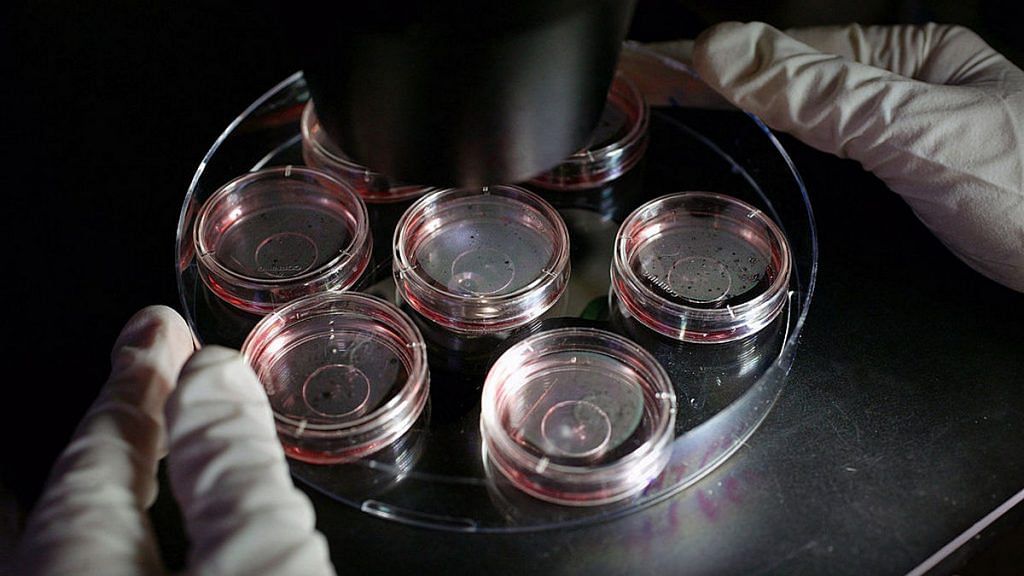When the universe was born, it was hostile to life. There wasn’t even any carbon until after the first stars forged it from lighter elements. We know life emerged from a nonliving universe, but how this happened is such a profound mystery that humanity has struggled to imagine that it could have happened without supernatural help. People often insist that it requires just as much faith to assume the origin of life happened by natural processes alone as it does to attribute it to gods.
But they are wrong. Scientists who want to investigate such a mystery make gambles, not leaps of faith. They are betting their time, effort and career status on the hope that there is a natural explanation, and that they can learn something about it. As new discoveries shed light on the mystery, it’s becoming ever more apparent that they made a winning bet.
Betting on natural explanations for natural phenomena has paid off time and time again, while betting on supernatural explanations has never paid off, at least not in revealing useful physical and biological rules. There’s no experiment that can tell us about the nature of the supernatural. It’s an intellectual dead end.
Also read: Building thick houses & eating tomatoes: The unexpected realities of living on the moon
The origin of life can seem like magic though. A long-held notion known as vitalism once cut a hard line between the living and non-living world. People thought living things were made of a different substance entirely from inanimate things. But now we know the basic elements of chemistry are the same in living things as in the earth’s crust and atmosphere. Some of the complex organic molecules associated with life crop up in asteroids, comets and deep space.
Discoveries in chemistry are showing how components of living things can assemble themselves. Recently, scientists from the University of Washington showed how something very much like a cell membrane could form spontaneously from fatty acids and amino acids, which themselves can appear without life. The process of membrane formation may help assemble critical molecules – the proteins – from smaller building blocks.
Life is not made from membranes alone, though, and other groups are trying to understand the origin of DNA, which living things use to carry instructions. Scientists think early life used a related information-carrying molecule, RNA, and that this evolved from some simpler information-carrying precursor. There’s been progress testing this idea, too.
Understanding how those building blocks came together to make earthly life could help scientists understand how widespread life might be in the universe, and where to look for it.
It’s possible that piece by piece, scientists will solve the origin-of-life mystery within the coming decades. It will take guts to delve into the unknown and take some chances in pursuit of evidence – testing the plausibility of various steps and precursors that may or may not have been on the road to the formation of life on earth. There will be leaps required, but no faith.
Also read: 42 years of Wow! Signal — our missed opportunity for ‘alien contact’
